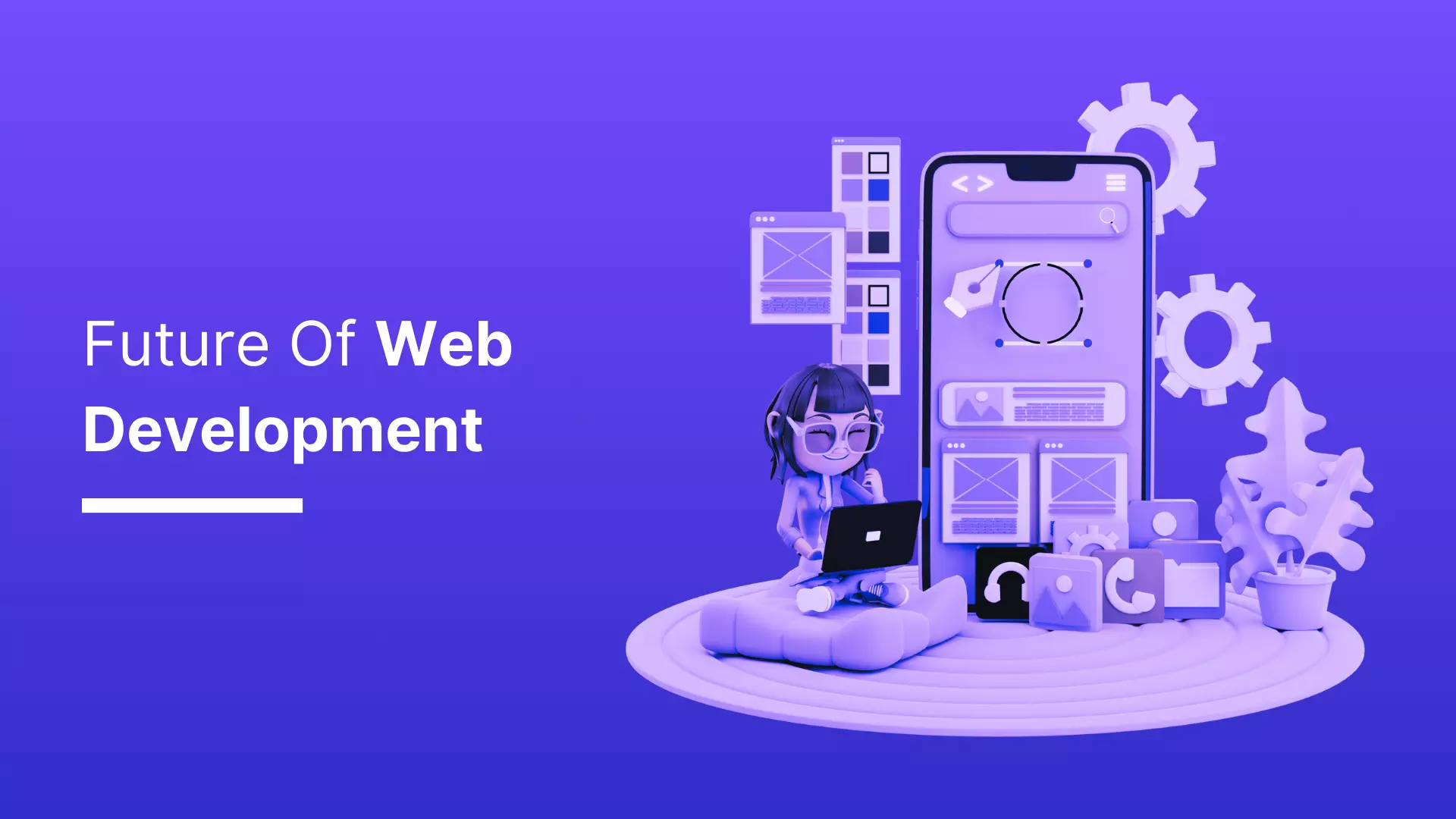Web development has always been a rapidly evolving field. From the early days of static HTML pages to today’s dynamic, interactive web applications, the industry has seen constant innovation. But as we move into 2025 and beyond, three major trends are shaping the future of web development: Artificial Intelligence (AI), No-Code/Low-Code platforms, and next-generation development technologies.
In this article, we’ll explore how these forces are redefining the way websites and applications are built, and what it means for both developers and businesses.
Artificial Intelligence in Web Development
AI is no longer a futuristic concept—it’s already transforming web development in significant ways. From AI-powered coding assistants like GitHub Copilot to chatbots that enhance customer experience, AI is automating tasks that once required hours of manual effort.
How AI is Changing Development?
- Code Generation & Debugging: AI tools can now write boilerplate code, suggest improvements, and even detect bugs before deployment.
- Personalized User Experience: Websites can leverage AI to adapt content dynamically based on user behavior, location, or preferences.
- AI-Powered Design: Tools like Figma AI and Canva’s smart features allow developers and designers to create layouts faster.
- Predictive Analytics: AI can help businesses forecast customer behavior and optimize websites for conversions.
What this means for developers: Rather than replacing developers, AI will act as a “co-pilot,” making workflows faster and freeing up time for creative problem-solving.
The Rise of No-Code and Low-Code Platforms
No-code and low-code platforms are revolutionizing how websites and apps are built. Tools like Webflow, Bubble, Wix, and WordPress with AI add-ons allow non-technical users to create functional websites without writing complex code.
Advantages of No-Code/Low-Code:
- Accessibility: Business owners, marketers, and freelancers can build websites without hiring a full development team.
- Speed: Projects that once took months can now be completed in weeks.
- Cost-Effective: Reduces development costs significantly for startups and small businesses.
But Here’s the Catch:
- Customization is limited compared to full-stack coding.
- Security and scalability can be challenging for enterprise-level projects.
- Professional developers are still needed for complex systems and advanced integrations.
The Future Outlook: No-code will continue to grow, but instead of replacing traditional coding, it will co-exist with it—serving as a tool for rapid prototyping and small to medium-sized projects.
Beyond AI and No-Code: Emerging Web Development Trends
Apart from AI and no-code, several cutting-edge technologies are reshaping the industry:
- Progressive Web Apps (PWAs): Deliver app-like experiences directly from a browser without requiring downloads.
- Web3 and Blockchain: Decentralized apps (dApps) are gaining traction, offering new models of digital ownership and transactions.
- Edge Computing: Reduces latency by processing data closer to the user, improving website performance.
- Voice Search Optimization: With smart assistants becoming mainstream, voice-friendly websites are essential.
- Cybersecurity-first Development: With rising cyber threats, secure coding practices and AI-based security systems will dominate.
What This Means for Developers and Businesses?
- For Developers: The future isn’t about coding less, but coding smarter. Developers who embrace AI, automation, and modern frameworks will stay in high demand. Skills like API integration, cybersecurity, and AI model deployment will be invaluable.
- For Businesses: The entry barrier to digital transformation is lowering. Startups can leverage no-code to build MVPs (Minimum Viable Products) quickly, while established companies can use AI to optimize workflows and customer experiences.
Conclusion
The future of web development is not about humans vs. machines—it’s about collaboration. AI will accelerate coding, no-code tools will democratize website building, and next-gen technologies will expand what’s possible on the web.
For developers, the key is adaptability. For businesses, it’s about embracing these innovations to stay competitive.
One thing is certain: the web of tomorrow will be smarter, faster, and more accessible than ever before.

